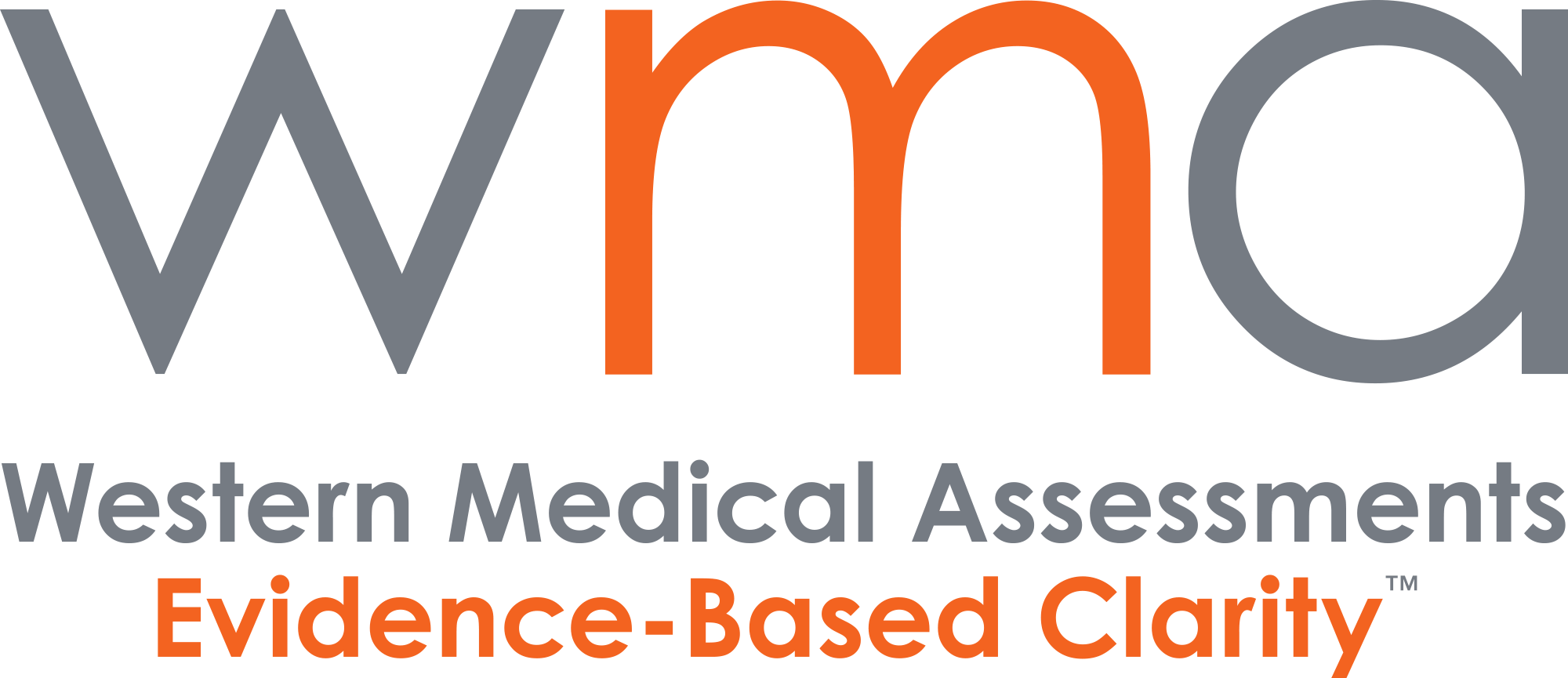March 16, 2023 from Cuming & Gillespie
In order to prevent major injuries in a car accident, children are taught to always buckle up. The Alberta Royal Canadian Mounted Police (RCMP) is urging drivers and passengers to buckle up, since it is against the law and might mean the difference between life and death in the event of an accident.
An article posted to Cuming & Gillespie examines the laws and statistics around seat belt use, as well as how a passenger’s failure to buckle up may affect a personal injury claim, which may affect both the injured party and the driver.
When to Wear a Seatbelt in Alberta
Drivers and passengers in Alberta must, with few exceptions, use seat belts, according to the Vehicle Equipment Regulation. It must be correctly set up and firmly attached. In cases where the manufacturer installed seat belt assemblies and users are not allowed to remove them, the requirement applies. Additionally, it applies to kids who are six years old or heavier than 18kg. The driver must buckle up kids who weigh 18kg or fewer in a properly equipped child restraint system.
The Vehicle Equipment Regulation offers a number of exemptions from the mandate to use child restraints and use seat belts, including motor vehicles traveling at a speed of 40 kilometers per hour or less and being used to deliver or collect products, a person having a note from a doctor stating that they are unable to use a seat belt or child restraint because of a medical condition or physical characteristics, and motor vehicles driven in a parade authorized by a municipality.
Additionally, kid restraints are not required for taxis, emergency vehicles, or automobiles rented for a maximum of 14 days in a row. Seat belts are not required for taxi drivers transporting passengers, bus drivers operating a vehicle used in a municipal transportation system, or ambulance staff transporting patients.
Penalties & Personal Injury Claims
A $162 fine may be assessed for violating the Regulation’s requirement to use a seat belt. According to statistics, not using a seat belt is a frequent occurrence. In 2022, there were roughly 4000 seatbelt-related crimes, according to the Alberta RCMP.
The courts have stated that it is the responsibility of both drivers and passengers to ensure their own safety by fastening seatbelts. They will probably be deemed to have contributed to the accident if they are hurt yet did not use a seat belt.
This means that if a person was not wearing a seat belt when they were hurt, they would likely also be found to be partially responsible for those injuries. Depending on how negligent they were, they will be eligible for less money in compensation.
In the matter of Galaske v. O’Donnell, or “Galaske,” the Supreme Court of Canada ruled as follows:
On the grounds that the victims were somewhat at fault for not using seat belts, the courts in this country have routinely taken 5 to 25% off of claims for damages for personal injuries. When it has been established that the injuries would have been less severe if the belts had actually been worn, this has been done.
The law requires drivers in Alberta operating a motor vehicle that contains children under the age of six or who weigh more than 18kg must use a child restraint device, as well as for children over the age of six or who weigh more than 18 kilograms. When a child is hurt in an accident brought on by someone else’s negligence, can the motorist be held accountable if they don’t follow these regulations? This is answered in the Galaske case.
In the Galaske incident, an eight-year-old boy was hurt when the truck he was in collided with by another car. He and his father didn’t use seatbelts. The youngster who was hurt sued the motorist after his father was slain.
The Supreme Court stated:
“A driver taking children as passengers must accept some responsibility for the safety of those children. The driving of a motor vehicle is neither a God-given nor a constitutional right … Children, as a result of their immaturity, may be unable to properly consider and provide for their own safety. The driver must take reasonable steps to see that young passengers wear their seat belts.”
Even though the child’s father was present and shared responsibility for the child’s protection, the court determined that the driver was at least partially to blame for the child’s injuries. The Court concluded that the trial judge should consider the driver’s level of accountability as well as whether the plaintiff and/or his father were negligent.
=================================================================
Considering an IME or document review to resolve an insurance claim, legal file, or workplace health and safety issue?
Our specialists provide evidence-based opinions, so get in touch with Western Medical today to learn more about our services.

